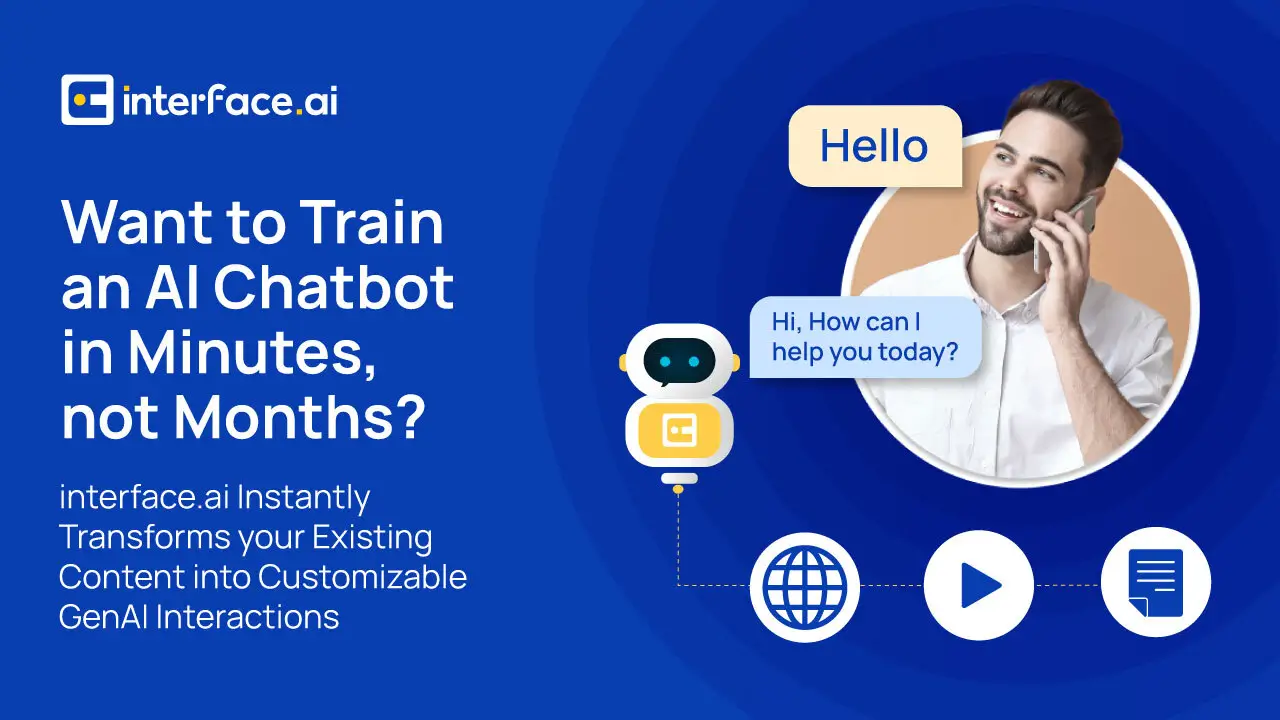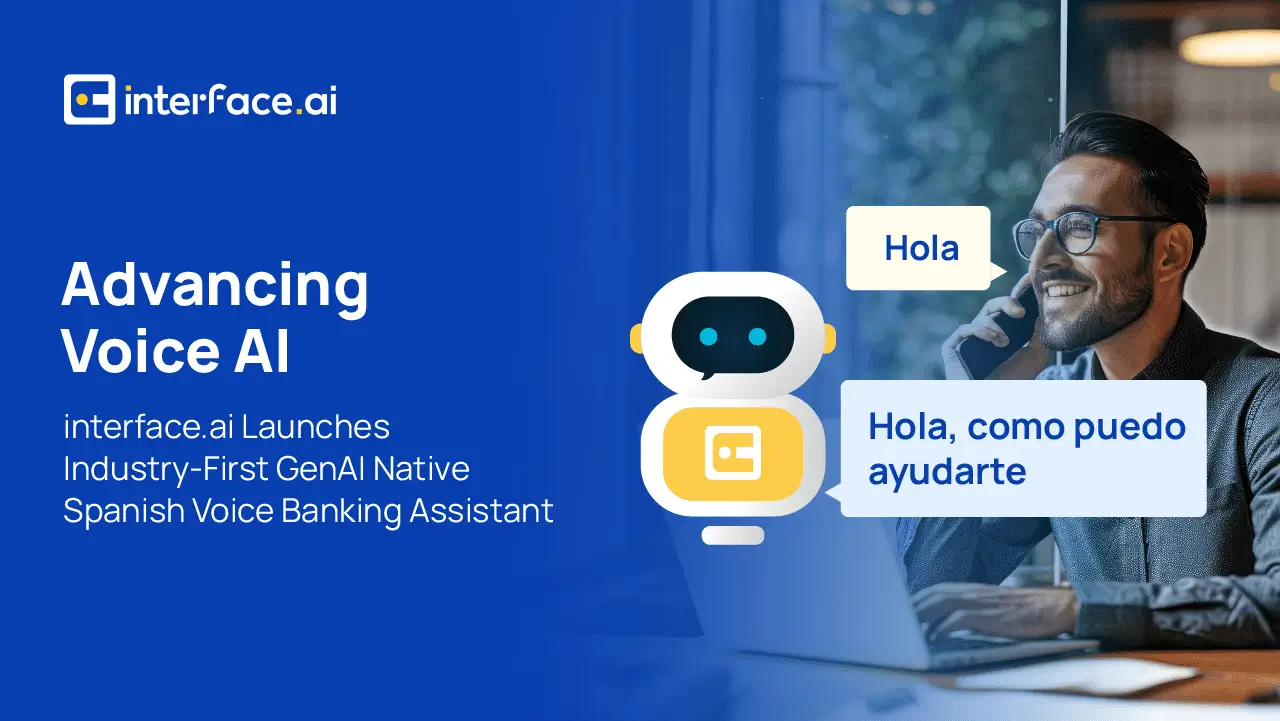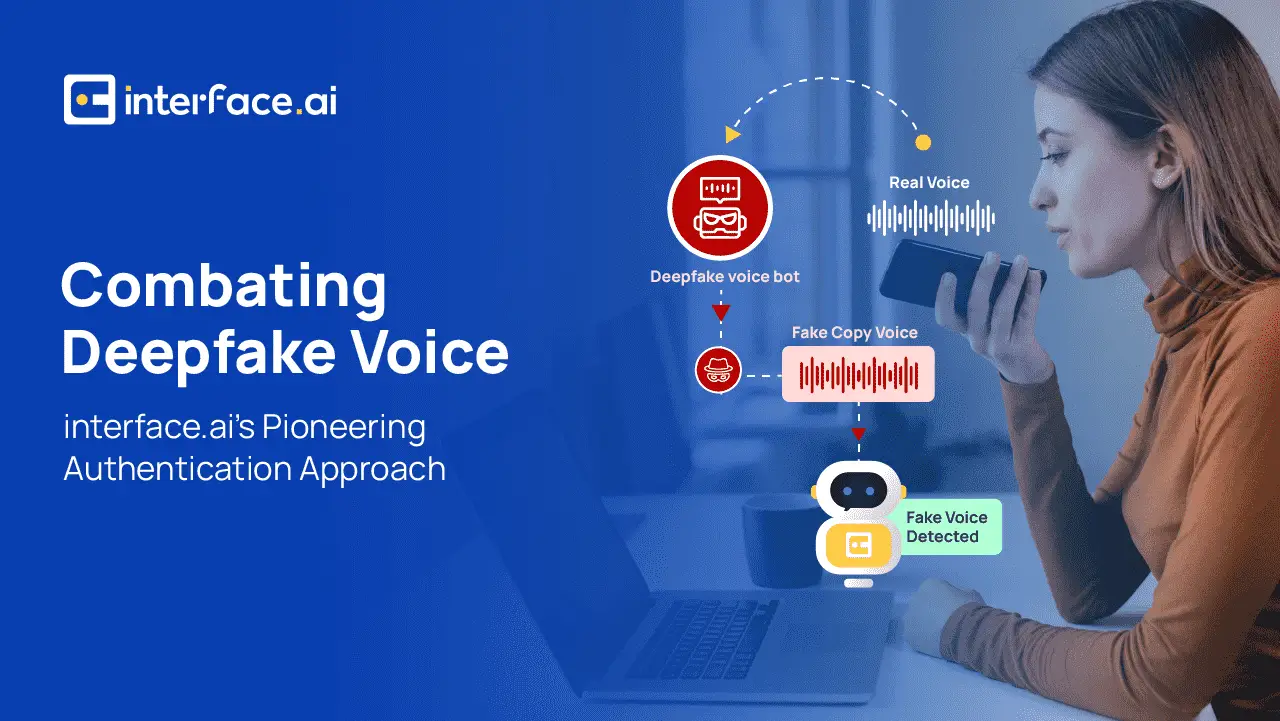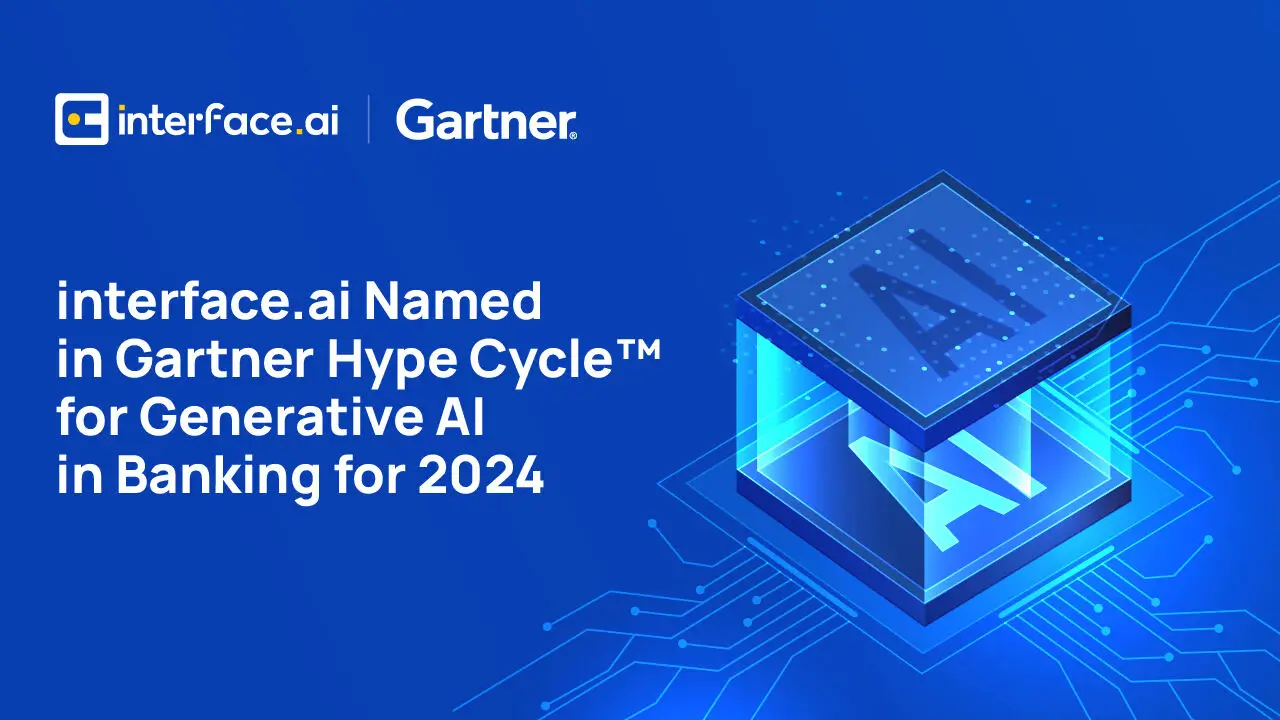
Why Contact Center Modernization Can’t Wait
The contact center is still the most used service channel for financial institutions, and it’s also the most outdated.
While many websites, mobile apps, and chat tools have undergone complete overhauls in the last decade, many credit unions and community banks are still relying on phone systems that haven’t evolved since the 1980s. Press 1 for this. Press 2 for that. And hope you remember the right sequence when you call back tomorrow.
We’ve all experienced the frustration of navigating rigid IVR menus, waiting on hold, and repeating ourselves to multiple agents. For members and customers, it’s impersonal. For staff, it’s inefficient. And for institutions, it’s increasingly costly.
The financial institutions that will lead this next chapter of service are the ones prioritizing contact center modernization. Because when it comes to transforming support, the most urgent improvements start with the phone experience – and that means Voice AI.
Why contact centers need modernization
IVRs were originally designed to simplify service – to route calls quickly and reduce strain on staff. But that promise hasn’t held up in today’s digital-first world.
Instead of delivering quick answers, IVRs often trap callers in endless menu trees. After finally reaching someone, members are often asked to repeat information they’ve already entered. Wait times grow, especially during peak hours or unexpected surges. And after-hours calls are usually routed to third-party vendors who lack the tools and access needed to actually solve the problem.
Internally, the picture isn’t any better. Call volumes keep climbing, but staffing can’t always keep pace. Agents burn out handling repetitive, transactional inquiries. Turnover rises, service levels fall, and operational costs increase.
The limitations of IVR are becoming increasingly visible, particularly in an era where digital contact center modernization is no longer optional – it’s expected. Members want self-service that works, staff want tools that make their jobs easier, and leadership needs efficiency, not overhead.
The modernization solution: Voice AI
Voice AI offers a fundamentally different approach to phone support – one that finally aligns with how people naturally communicate. Instead of navigating a maze of pre-recorded menus, members can simply speak in their own words. Whether they’re checking a balance, reporting fraud, or transferring funds, Voice AI understands the request, verifies the caller, and completes the task – quickly and securely.
But beyond convenience, Voice AI delivers a long list of strategic benefits that traditional IVRs simply can’t.
Where IVRs are rigid, Voice AI is flexible. It handles everything from simple questions to multi-step tasks without transferring callers between departments. It’s built on natural language understanding and machine learning, so it improves with every interaction. And it delivers personalized service based on each member’s history, preferences, and behavior – creating a more intelligent and tailored experience with every call.
IVRs typically operate during staffed hours or offload to outsourced vendors with limited access, falling short of what’s needed in any serious digital contact center modernization strategy. Voice AI works 24/7. It gives institutions full control over service quality, even after hours. It shortens wait times. It reduces the number of calls live agents need to handle. And it improves first-call resolution rates by getting it right the first time.
For members, this means faster answers, less frustration, and a sense that their institution is truly listening. For financial institutions, it means fewer bottlenecks, lower operational costs, higher agent satisfaction, and deeper member engagement.
This isn’t just a new tool – it’s a new standard for what phone support should feel like. Voice AI brings empathy, intelligence, and efficiency back into the conversation – and in doing so, it lays the foundation for long-term contact center modernization.
How interface.ai is redefining phone banking for financial services
interface.ai’s Voice AI platform was purpose-built for credit unions and community banks. It isn’t a generic solution with banking features tacked on – it’s a proprietary system trained on millions of real financial conversations, designed to understand the unique needs of this industry.
Caller ID and biometric authentication happen in the background, which eliminates repetitive identity checks and helps prevent fraud. Members can speak in either English or Spanish, with native-level understanding in both. The platform integrates directly with core systems and online banking platforms, meaning members can check balances, pay loans, transfer funds, and more – all without involving a live agent.
Institutions also gain access to real-time analytics that provide deep insights into usage trends, member needs, and automation opportunities. And because the solution is fully managed by interface.ai, teams don’t need to dedicate internal resources to model training, monitoring, or compliance.
With interface.ai, modernizing the contact center isn’t a long-term aspiration – it’s something you can implement today.
What modernization really looks like: Real-world results
At Great Lakes Credit Union, the move from a legacy IVR to Voice AI wasn’t just a tech upgrade – it was a turning point. Call containment rose from just 25 percent to 60 percent during business hours and 75 percent after hours. Their Voice AI assistant, Olive, now handles common service needs like balance checks, transfers, and transaction history without human involvement. The impact was immediate: less pressure on staff, and a better experience for members.
Neighborhood Credit Union faced a sharp rise in call volumes during the pandemic, which pushed their abandonment rates to nearly 20 percent. By implementing Voice AI, they brought that number back down to 5–8 percent – pre-pandemic levels – while saving $3.6 million in operational costs. Routine calls are now handled automatically, giving staff more time to focus on meaningful member conversations.
EFCU Financial also turned to Voice AI to improve efficiency and service. Within just four weeks of going live, they automated more than half of their inbound calls. This helped them deliver faster, more consistent support while freeing up agents to focus on complex issues.
These are not isolated successes. They’re proof that contact center modernization can deliver meaningful results – and fast.
Wrap-up
Contact center modernization doesn’t start with replacing your entire tech stack. It starts by replacing what no longer works – and for many, that’s the IVR.
Most institutions begin by automating their highest-volume phone interactions, like account balances, card services, and loan inquiries. From there, they expand Voice AI into more use cases, improve handoffs to live agents, and integrate into other channels like chat and mobile. With the right partner, the transition is seamless – and the value shows up quickly.
interface.ai has helped over 100 financial institutions take this step, with measurable results in just weeks. The platform is secure, proven, and purpose-built for banking. And it’s ready to help your contact center move beyond IVR once and for all.
Because the future of service isn’t about pressing 1 or waiting on hold. It’s about conversation – and Voice AI is how we get there. Book a personalized demo to see how interface.ai’s Voice AI works in action.
Discover the Latest Insights on Interactive Intelligence for Banking Newsletter
Join the newsletter to receive the latest updates in your inbox.












